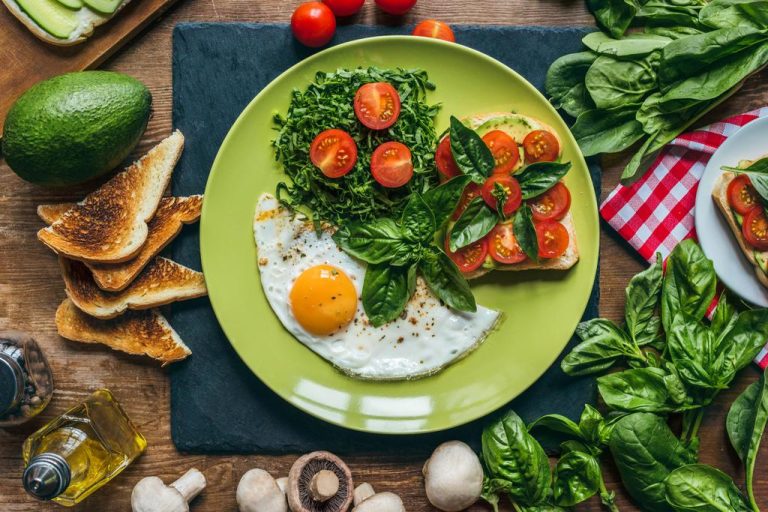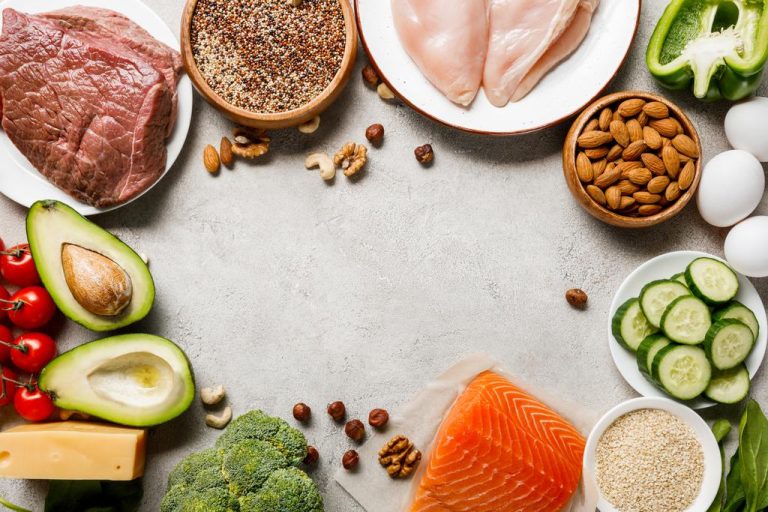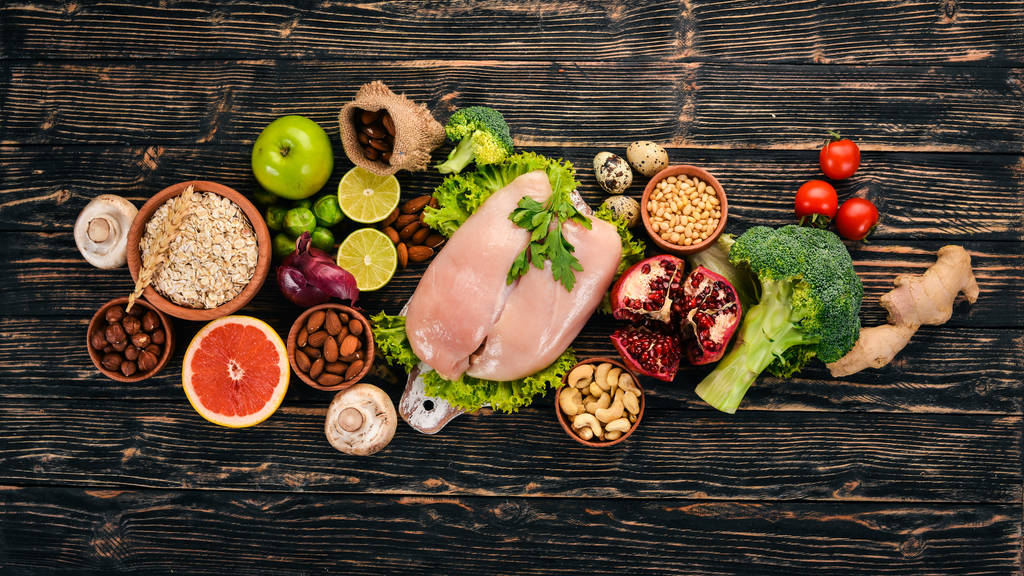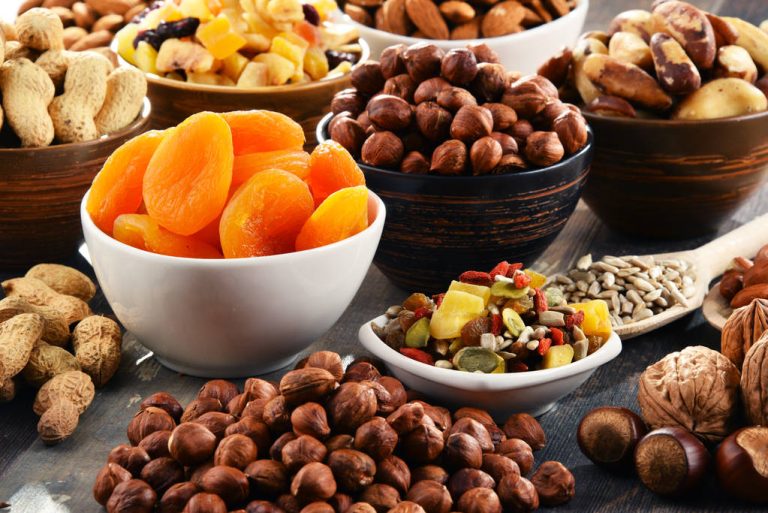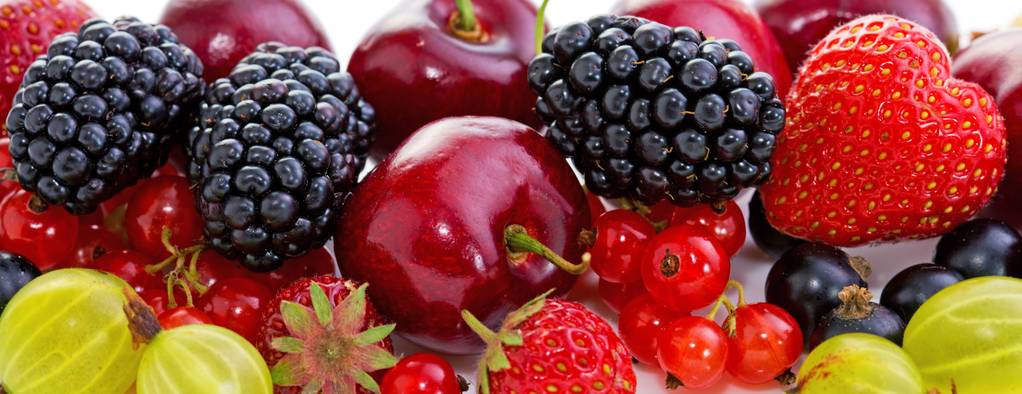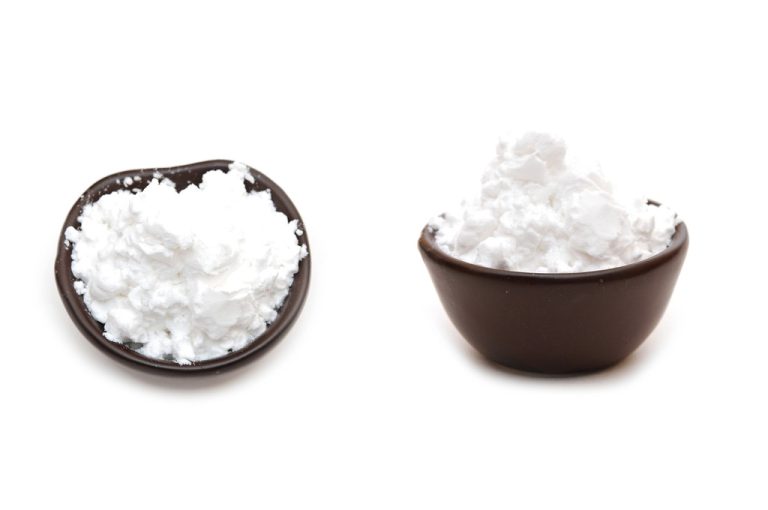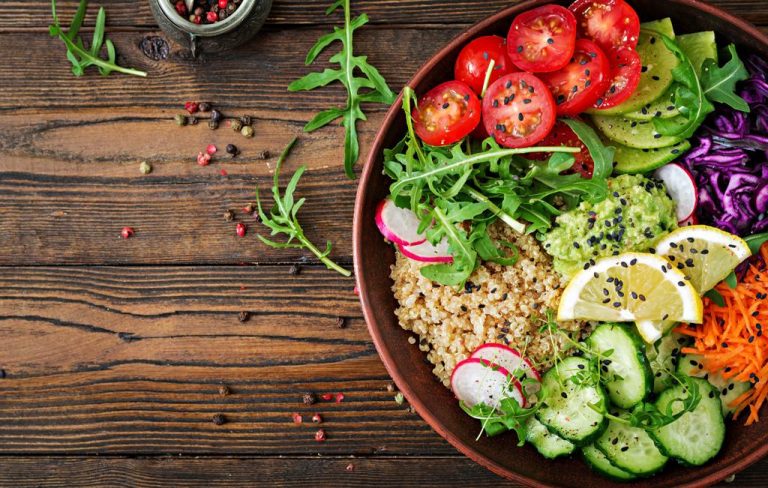Proper nutrition is very important for our body, especially in winter. Why we are often more hungry in winter than in summer depends on several factors.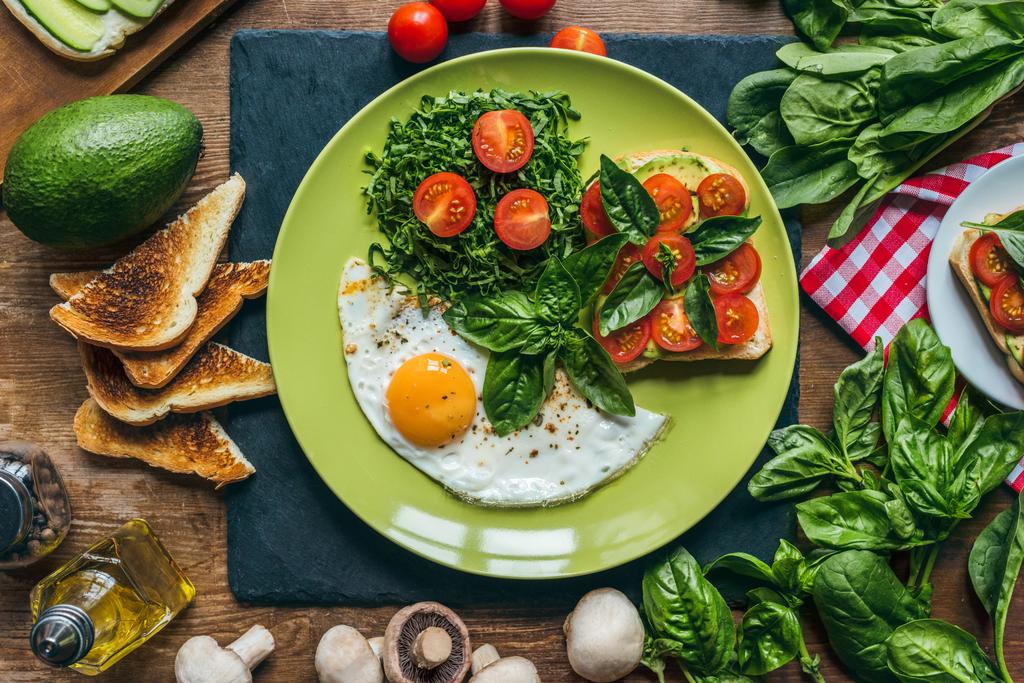
Reason for the increased feeling of hunger
The outside temperatures drop sharply in winter and also cause our sense of hunger to change. In summer, the heat means that we often feel thirsty and only want to eat light foods such as water-rich fruit or salad. The low temperatures in winter, on the other hand, put a lot of strain on our body: it needs a lot of energy to maintain body temperature.
This was especially the case in earlier times when our ancestors spent most of their time outside, even in winter. The body was often exposed to the high temperatures for a long time, so that it demanded more energy from high-fat and nutritious food. Our body still seems to relate to this phenomenon today, because even if we hardly spend any time outdoors nowadays, many feel more hungry than in summer. The fact that you are more hungry in winter is thanks to evolution.
In order to counteract the increased feeling of hunger, it is important to provide the body with the right amount of vitamins. If it is supplied with all the vitamins and nutrients you need, you normally no longer feel hungry. So try to continue eating as usual and only give the body a supplement of important vitamins.
The main question: eat more or not?
Your first thought might be that some love handles and belly fat can provide natural protection from the cold. This is not the most important protective factor: Above all, your body needs a diet rich in vitamins and nutrients during the cold months.
The body is rarely directly exposed to winter temperatures. Many people spend most of their time indoors in heated rooms, which is why hardly any more energy is used. Also, the amount of sport one does and the amount of work one does in winter does not depend on the time of year for most people.
So the assumption that you have to eat more is not correct. Even if, due to our history, we often have stronger cravings for a substantial meal, we should try to avoid them as far as possible: the extra calories are not needed by the body, so in most cases they only lead to greater weight. So if you don’t want to gain any unwanted pounds until spring, you should rather focus on a diet rich in vitamins.
These bodily processes take place
The body has to maintain our normal body temperature of around 37 °C even in winter. If the outside temperature is significantly lower, it becomes more difficult for the organism to regulate the temperature. After all, energy is required for this
But not only the generation of energy is a cause: The winter appetite is often of psychological origin and refers more to sweet and sugary foods. The reason is obvious: the cold and dark season creates a rather depressed, dreary mood for most people. However, if you eat sugar, a larger amount of tryptophan can get into your brain. There the amino acid is converted to the well-known serotonin. This puts you in a good mood
A dreary winter mood can not only be lifted by serotonin: The University of Texas found out that too low a vitamin D level can also have a negative effect on mood. So that you can be in a good mood in winter without a lot of sugar, it is important that your body is supplied with all the vitamins. It shouldn’t depend on how much sugar you eat.

Healthy eating in winter: tips
One vitamin that can effectively strengthen your immune system is vitamin D. The body normally produces this when it is exposed to the sun. Your body hardly gets enough sun in winter. It is therefore important to eat enough dairy products, fish, eggs and mushrooms, as these contain a particularly large amount of vitamin D. Vitamin C also plays a relevant role: If your vitamin C household is replenished, your body can better defend itself against pathogens. The vitamin is found in particularly high doses in peppers, brassicas and citrus fruits.
In the group of B vitamins, folic acid is particularly important: it effectively strengthens our immune system. If you regularly eat green leafy vegetables, beetroot, legumes or oatmeal in winter, you can cover the need well. Problems with the functioning of the immune system or an increased susceptibility to infections can also be associated with a lack of vitamin A
When it comes to minerals, zinc is particularly important in winter: it helps to maintain the normal function of the immune system. Zinc is contained in relatively high amounts in animal products such as meat, milk, fish and eggs as well as plant foods such as legumes, nuts and whole grain products.

